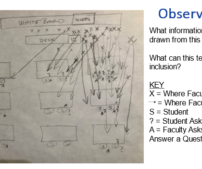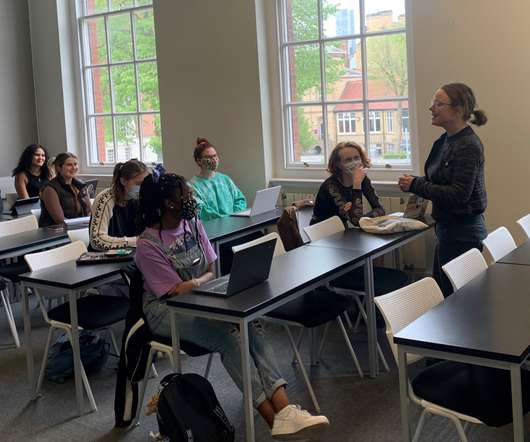What Image Comes to Your Mind When You Think of a “Doctor”?
National Science Foundation
FEBRUARY 15, 2023
The message to teachers is that if we engage in implicit bias in teaching – knowingly or unconsciously – it communicates to students they may not belong in certain professions, or they may not be able to succeed in fields of study and professions if they do not fit the image or stereotype. yours), instead give many examples.











Let's personalize your content